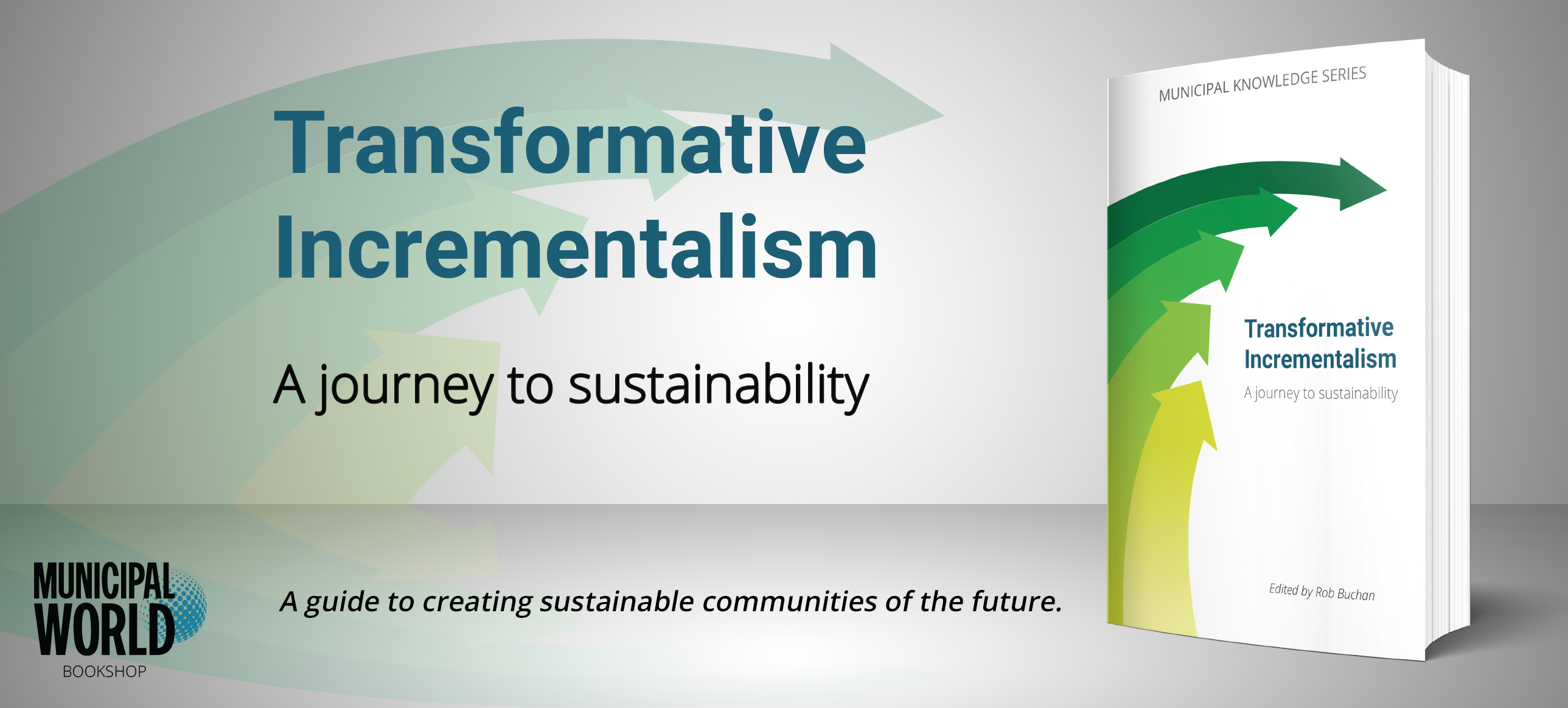Procurement as a service and the concept of group purchasing
 Procurement as a service is an outsourced model that often combines technology, outside staff, and expertise to handle a portion – if not all – of your organization's procurement function. Photo: Adobe Stock
Procurement as a service is an outsourced model that often combines technology, outside staff, and expertise to handle a portion – if not all – of your organization's procurement function. Photo: Adobe Stock
Procurement as a service is an outsourced model that often combines technology, outside staff, and expertise to handle a portion – if not all – of your organization’s procurement function. There are several models out there that included pay as you go, on demand services, or group purchasing.
These services are often affordable and do not require any extra technological or business expertise.
If you are looking at implementing a solution, then you should be looking at how you handle your facility or administrative procurement that typically involves purchases of items that are essential for day-to-day operations. There are even new ways for you to handle construction projects using job order contracting.
Make Use of Services
You should keep in mind that you are not a pioneer. There are a lot of services that companies use where they outsource certain functions. I have seen it done for human resources (HR), commodity purchases, and information technology.
The idea of cooperative purchasing existed in the late 1970’s and is still being used now. This is where a group of government agencies pool their requirements and issue a single request for proposal on behalf of all the agencies. Some of these groups have more than 10 different agencies participating. The challenge is that it might be hard to coordinate the requirements. Also, what often happens is that one agency does most of the work.
Group purchasing is the concept where an organization will grant their members the ability to use solicited, negotiated, and trade compliant agreements. The number of participating agencies, types of goods and services, is much larger than what is found in the cooperative purchasing groups. One key benefit beside savings is that the group purchasing organization does all the work at no cost to the agency.
HR outsourcing functions to a service often includes payroll processing, employee benefits administration, and other business needs unrelated to day-to-day company functions. In your case, you will be using a similar methodology to come up with solutions for your procurement as a service challenge. This would include request for proposal drafting, posting, advertising, reviews, and awards,
Taking advantage of a group purchasing offering is both simple and the best way for a municipality to remain trade agreement compliant while reducing their workload. Some may be hesitant to make a change as they often have a “can do” attitude. Remember that not all the purchases need to be outsourced. Only those that are a good fit for the process being followed by the outsourced company.
Maybe your organization doesn’t believe that you can afford a service that you truly need. In the case of group purchasing, there is no cost to join and no commitment to use any of their trade compliant agreements. Some might fear losing their job, but instead you would have more time to manage the contract and the supplier and less time on the paperwork.
Some won’t take advantage of procurement as a service as they might fear that they could lose their job. I would like to suggest that moving certain tasks to others is the smart thing to do. It frees up your time to work on value added tasks. It allows you the opportunity to engage with your internal stakeholders rather than get encumbered with administrivia.
Where to Start
If you are interested in learning more, then where do you start?
First thing to do is determine where you might either have pain points or gaps. Pain points are easy to recognize as they are those areas that everyone complains about. Gaps are little tricker. Perhaps your staff is lacking the knowledge, skills, or experience. Maybe your processes are old, outdated, and were designed with every other department in mind.
You could spend your time trying to get your staff trained but that takes time and time might not be your best friend. The risk you take when doing the training is that the training might not provide you with the desired outcomes.
To be successful in your search for the ultimate procurement as a service, you will need to take a few limited risks. You will need to focus your search process to find and develop existing or new solutions. Then you must prove them in the real world before finally enter a mutually beneficial contract to make them a lasting reality.
You will need to explore existing solutions and determine a way to redefine your approach which will allow you to have a positive impact on the future of your organization.
Here are a few suggestions to get you on your journey:
- Identify baseline needs and important issues from your internal stakeholders. Where are the gaps and pain points?
- Embrace the challenge/need for a solution-based model.
- Energize the local solution providers.
- Agree to “pilot projects” with potential solution providers.
- Give your staff a chance to take 10 per cent of their time in order for them to review options when it comes to utilizing procurement as a service.
- Allow responding companies to be creative when responding to a Request for Information
- Check out who else is using the services and ask them for some feedback
Things to Consider
Here are some areas that you might want to consider when it comes to procurement as a service. You could take a portion of your existing purchasing initiatives and determine if it makes sense to use a group purchasing organization.
Or you could look at your vendor management and onboarding process. This area of the procurement function is often managed by accounts payable or delegated to other departments when you are in a decentralized environment. Using a procurement as a service would allow you to delegate the often time consuming and prone to error process. This would then allow your staff the time to monitor and supervise the outcomes versus actually doing all the work.
There are other administrative tasks where procurement as a service might come in handy. The procurement world is still overwhelmed with paperwork. Most of it is very critical to the smooth operations of the various departments. Examples would be the maintenance of contracts, updates to insurance certificates, verifying work place insurance coverage, conducting trade and work references and the small repetitive ordering.
All these functions take time. In fact, if you have a supplier base of over 200 suppliers then the time taken to keep the above up to date and functioning may take 25 per cent to 40 per cent of your staff’s time.
We are now witnessing an evolution in our profession and the next step belongs to you. Maybe it is time for you to look into the benefits of group purchasing and the concept of procurement as a service.
Gerald R. Ford is Chief Visionary Officer, QCsolver Inc. The Software Solution



